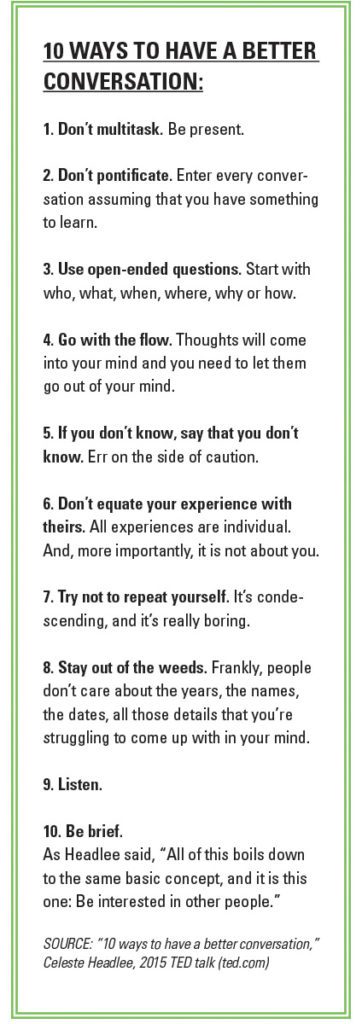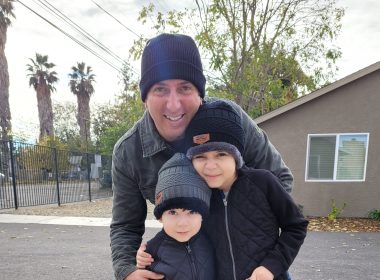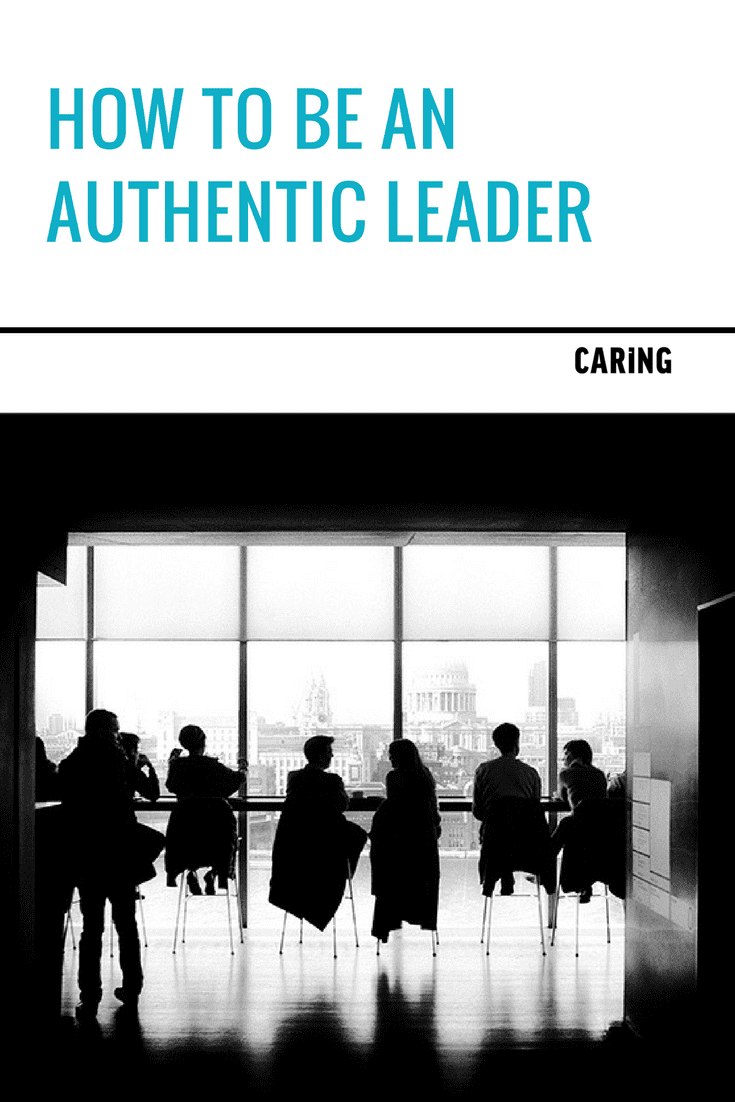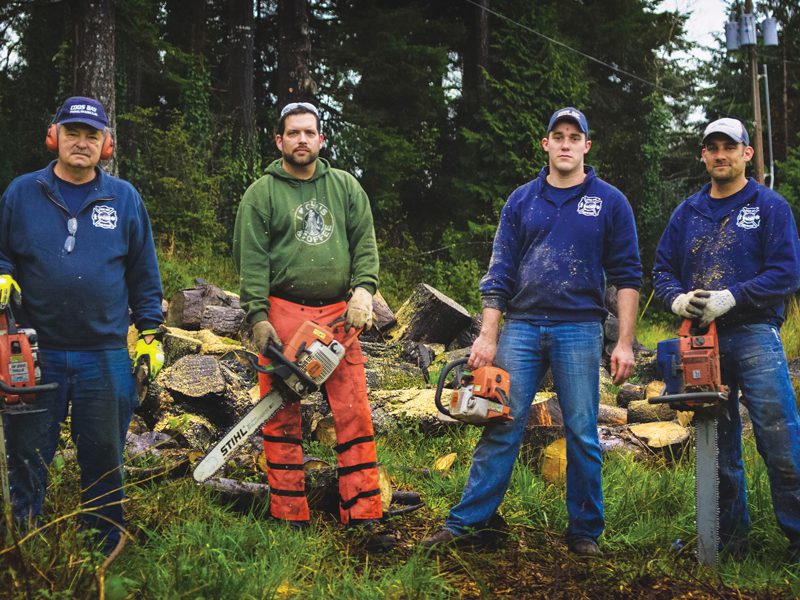Are you authentically expressing your requests? Are you authentically fulfilling your promises?
It is only through our interdependence with others that we create value.
What is authentic influence? It is the true voice of the leader, and when we speak it from our character, it creates trust, synergy, and connection with everyone around us. Authentic influence is not simply refining our presentation style; it’s deeper than that. Some of the most authentic leaders I know stumble around a bit in their delivery, but their words come right from their hearts and experiences. You feel their conviction and the integral connection of who they are and what they say. As Benjamin Franklin wrote, “Think innocently and justly, and, if you speak, speak accordingly.”
Authentic influence is about straight talk that creates value. It’s not about hurting people with bluntness or insensitivity. Expressing yourself authentically is sharing your real thoughts and feelings in a manner that opens up possibilities, and sometimes it’s the most difficult messages that can open up the most possibilities if shared in a thoughtful, compassionate manner. Influencing authentically is what one CEO I know calls “caring confrontation”—the unique blend of straight talk with genuine concern for people. Like many leaders, my CEO friend had been uncomfortable with such interaction for years. As his career progressed, he realized, “Real caring involves giving people the tough feedback they need to grow.”
Carl Jung said it this way: “To confront a person in his shadow is to show him his light.”
Start observing how authentically you are expressing yourself. How are you doing with your requests and with your promises? Fernando Flores, communications expert and president of Business Design Associates, boiled down his powerful communication paradigm to this: “A human society operates through the expression of requests and promises.” Are you authentically expressing your requests? Are you authentically fulfilling your promises? Use this model as a guide to authentic influence. It is transformative.
– Watch Celeste Headlee’s TED talk, “10 ways to have a better conversation” (ted.com) and assess your own practice of her tips. Determine which ways you’ll focus on better conversation this week and create a daily reminder to do so.
Can you effectively deliver a tough message to someone with warmth and concern? Are you willing to risk revealing your fears and vulnerabilities to express how you are really feeling? If you commit to expressing authenticity, you will not come away from relationships the same as you went in. You will come away having opened up possibilities and having created new value.
Framing leadership as service
As a wise, 80-year-old CEO shared with me, “I think one of the key questions every leader must ask himself is, ‘How do I want to be of service to others?’” Ultimately, a leader is not judged so much by how well she leads, but by how well she serves. All value and contributions are achieved through service. Do we have any other purpose in life but to serve? We serve our organizations. We serve our people, our customers, our marketplace, our community and our families. We serve all our relationships. At the heart of service is the principle of interdependence: relationships are effective when mutual benefits are served.
 “There is pride in leadership; it evokes images of direction. There is humility in stewardship; it evokes images of service. Service is central to the idea of stewardship,” Peter Block writes in “Stewardship: Choosing Service Over Self-Interest.”
“There is pride in leadership; it evokes images of direction. There is humility in stewardship; it evokes images of service. Service is central to the idea of stewardship,” Peter Block writes in “Stewardship: Choosing Service Over Self-Interest.”
As leaders, when we move from control to service, we acknowledge that we are not the central origin of achievement. This shift is an emotional and spiritual breakthrough. Several years ago, I had the privilege of speaking at a Greenleaf Servant Leadership Conference, where Dee Hock also was a keynote speaker. Dee Hock, founder and chairman of Visa and author of “Birth of the Chaordic Age,” was named one of the eight people who most changed the world through business in the last half of the 20th century. Including himself in a reflection about leadership, Dee said, “When we as leaders get in the bad habit of thinking that other people are there to support our success, we’re actually not leaders, we’re tyrants. Only until we go through the emotional, psychological, and spiritual transformation to realize our role is to serve others, do we deserve to be called a leader.”
This is a powerful reframing of the way we typically perceive leadership, isn’t it? Once we are conscious of this more powerful perspective, it is easier to move from leadership that is self-serving and short-term to leadership that serves a larger constituency and is sustainable. In Winston Churchill’s often-quoted words, “We make a living by what we get. We make a life by what we give.” We are measured as a manager by what we produce. We are judged as a leader by what we give. Or as Albert Einstein said, “It is high time the ideal of success should be replaced with the ideal of service.”
Our real job is to serve all the constituencies in our life and, in the process, to appreciate genuinely the fact that only through our interdependence with others do we create value. As leaders, if we live for ourselves, we will have only ourselves for support. If we live for our organizations, we will have people for support. If we live for the world, the whole universe will support us. Serve with purpose and you will marshal far-reaching resources.
A friend of mine had been seeking an opportunity to teach her son about the value of service and giving. The opportunity presented itself after the young boy’s birthday party as he prepared to devour one of his gifts, a multi-layered box of chocolates. Approaching her son, my friend asked, “Are you happy with this gift?” Wild-eyed, he responded, “Oh, yes!” My friend probed. “What could make you even happier?” Her son had no idea what could possibly add to his joy. His mother then said, “If you gave someone else a chocolate, they would be as happy as you are, and you could feel even happier.” The young boy paused for a minute. Then, he said, “Let’s go see grandma at the nursing home.” When the child saw the joy on his grandmother’s face and felt how it multiplied his joy, he was hooked. Before he left the nursing home, the box of chocolates was empty, and the boy had learned the power and joy of service.
Practice serving authentically. Start by appreciating that there are forces beyond you guiding the whole process. Understand that you are fortunate to have this particular role. Appreciate it. Then, let your talents and gifts come forth in service of a greater purpose.
[button color=”black” size=”normal” alignment=”none” rel=”nofollow” openin=”newwindow” url=”https://www.ted.com/talks/celeste_headlee_10_ways_to_have_a_better_conversation “]Watch the Ted Talk on better conversation [/button]














